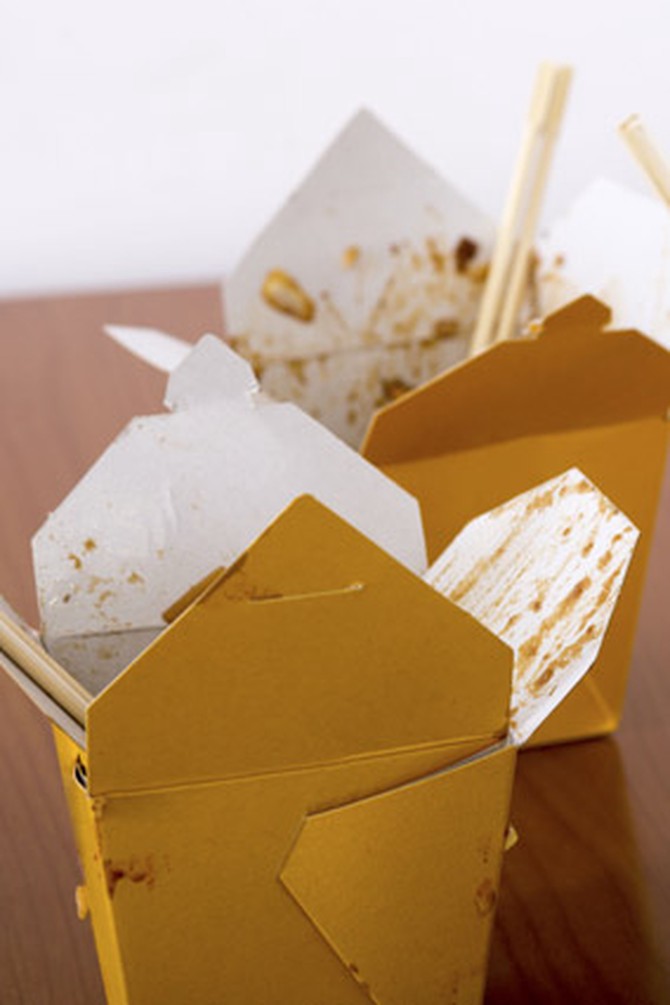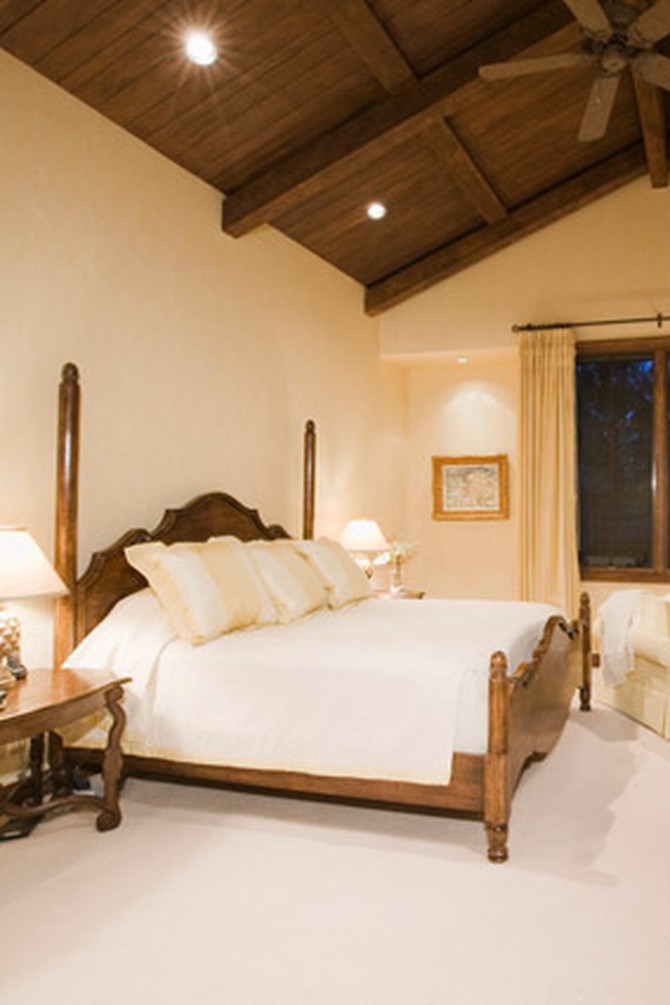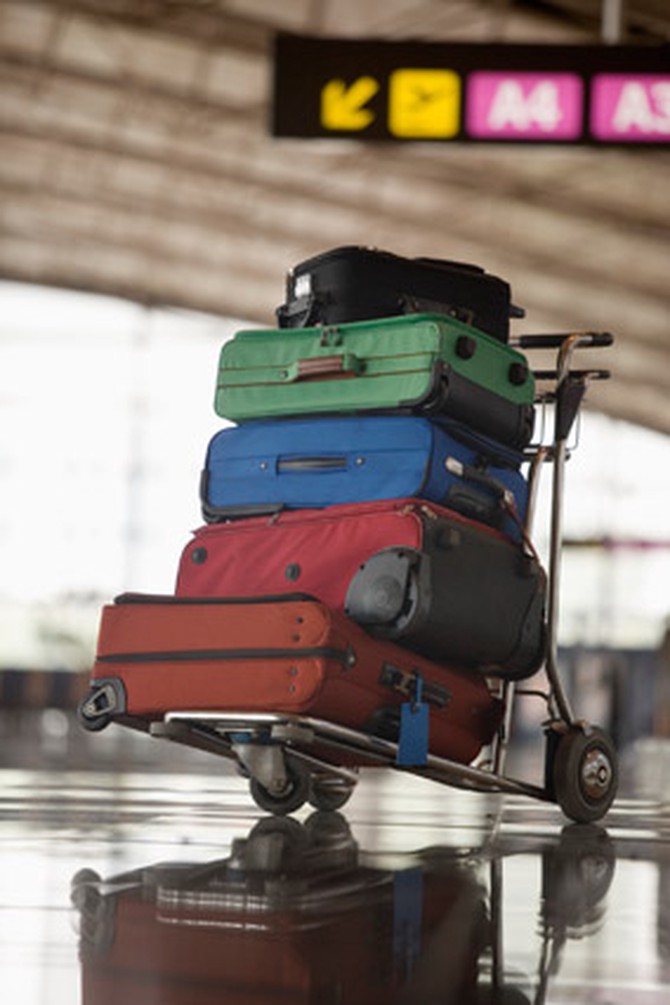Beware These Winter Money Traps
Why is it that hibernation season seems to coincide with spending-all-your-cash season? Here's how to make sure you're not broke by spring.
By Lynn Andriani

Photos: Thinkstock
Not Budgeting for Crab Rangoon
Whether it's a pizza, chicken wings or crab Rangoon, sales of dinner orders at Delivery.com jump by 25 percent in colder months, according to data from that site and Rent.com. A recent national survey of 1,000 U.S. renters found that chilly temps are one of the top reasons customers (especially those in the New York City area, San Francisco, Chicago, Boston and Washington, D.C.) don't want to leave their apartments to go to the grocery store or to a restaurant. Not surprisingly, soup sales increase 53 percent in winter—and with the average cost of chicken udon noodle soup at $9.50, if you're ordering once a week, that's $38 a month—not including tips and tax. Make your own for about $10 and you'll get about five helpings (you can freeze the soup in individual portions; just hold off on adding the noodles and put them in as you're reheating each serving)—and save yourself at least $35 a month.

Photos: Thinkstock
Cranking the Heat Instead of Cranking the Fan
Ah, high-ceilinged rooms: So spacious, so stately...and so, so cold—even after you've installed double-pane windows, turned your thermostat down when you're not home and made sure your furnace is running optimally by replacing the filter every three months. Jacking up the heat is not the solution, though. As, um, you may have heard, hot air rises; so if you've set the thermostat to 68, the air around the ceiling could be 90 degrees or higher before the heater, which measures the temperature at a lower level, shuts off. To move that warm air down, turn on your ceiling fan, say the experts at Enervee, a service that rates appliances' energy efficiency. Many newer fans have a switch that changes blade rotation; set it to clockwise to create an updraft that sends the warmer air that's pooled near the ceiling down. Low speed should be enough to circulate the air, so your heater has to work less—and you'll wind up spending about 10 percent less on your heating bill (and actually want to spend time in that room again).

Photos: Thinkstock
Running to the Health Food Store When You Have a Raging Sore Throat
Not only is the proof that herbal supplements, such as echinacea, actually fight winter colds inconclusive—but a recent test of 44 bottles of popular supplements found that many contain very little of what they say they do, and are full of fillers. Among the scientists' findings: Echinacea supplements that contained a ground-up bitter weed that's been linked to rashes, nausea and flatulence. Supplements can be expensive, too; a 100-capsule bottle of echinacea is about $10. Research supports the healing properties of one old-fashioned cure, though: honey, which acts like a moisturizer on dry, irritated throats. A bottle costs about $4—and has many uses beyond making it less painful to swallow.

Photos: Thinkstock
Assuming You Must Pay to Check That Puffy Winter Coat
Mark Drusch, chief supplier relations officer at the value-minded travel site CheapOair, has worked in revenue management at Delta and Continental, and says there are ways to avoid the seemingly endless fees airlines tack on to already pricey fares. Checked baggage costs are a big one, especially in winter, when many people are traveling with more bulky clothing. If a family of four isn't savvy, they could spend $280 round-trip to bring their hats, scarves, sweaters and coats with them, since the average charge is $35 per bag, each way. Drusch's No. 1 piece of advice is to get a credit card that's affiliated with the airline you travel on most often. There might be an annual fee (the average is about $70), but the perks—which can include free checked bags for you and up to seven people traveling with you—are worth it. Plus, Drusch says many companies will give new customers the first year free (if they don't offer, ask them to waive the initial year's dues).

Photos: Thinkstock
Spending That Gift Card You Got for Christmas on a Full-Price LBD
Just as it's easy to overspend if you're paying with a credit card, it's common for consumers to not be as cautious when using gift cards to pay for things as they would be if they were paying cash. It's something that Lauren Greutman, a Savings.com DealPro and founder of the frugal-living blog IamTHATLady.com, sees all the time. Somehow, she says, even the most careful shoppers—e.g., those who convert the price of an item into units they know well (like a jacket that costs as much as one month's interest payment)—blithely plunk down a gift card for a full-price little black dress they want to wear to a New Year's party (cocktail dresses are one item Greutman says are usually not on sale right after Christmas). Unless you love the retailer the gift card was for, exchange it for a store you'd shop at anyway, such as a drugstore or coffee chain.
Next: When's the worst time to buy a mattress?
Next: When's the worst time to buy a mattress?
Published 12/18/2013

